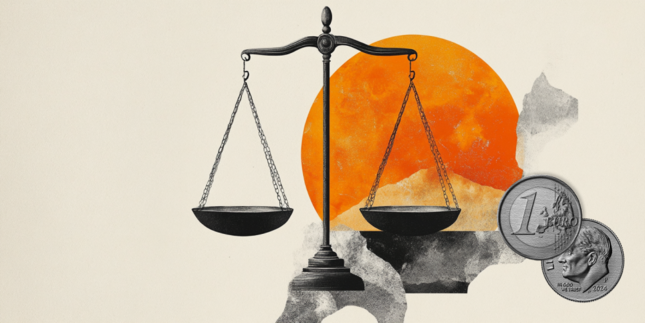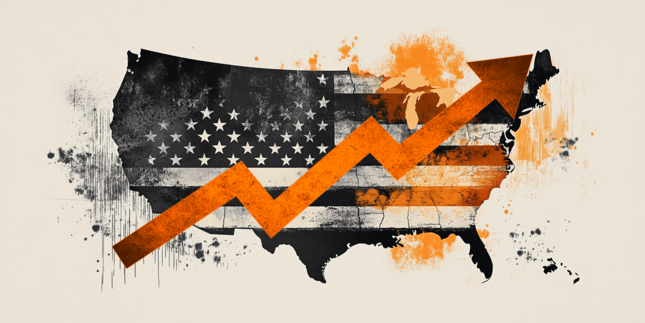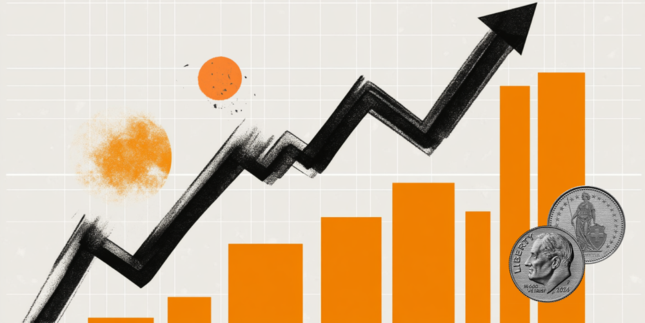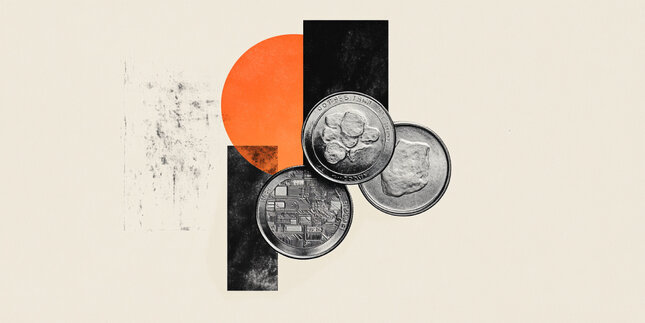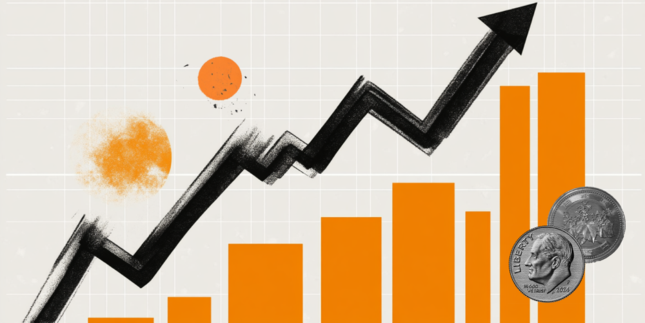Silver Price Forecast: XAG/USD defends 100-day SMA support near $31.15 area
- Silver attracts some buyers near the 100-day SMA pivotal support on Friday.
- The setup favors support prospects for a breakdown below the said support.
- Any further move up could be seen as a selling opportunity and remain capped.
Silver (XAG/USD) defends the 100-day Simple Moving Average (SMA) support and stages a modest recovery from a four-week low touched during the Asian session on Friday. The white metal currently trades around the $31.35 region, up over 0.30% for the day, though it lacks follow-through buying as traders keenly await the release of the US Personal Consumption Expenditure (PCE) Price Index.
From a technical perspective, oscillators on the daily chart have been gaining negative traction and support prospects for an extension of over a one-week-old downtrend. That said, it will still be prudent to wait for a convincing break below the 100-day SMA support, currently pegged near the $31.15 region, before positioning for further losses. The XAG/USD might then weaken below the $31.00 mark, towards the next relevant support near the $30.25 region.
The downward trajectory could extend further towards the $30.00 psychological mark, which if broken decisively will suggest that the XAG/USD has topped out in the near term and pave the way for a further depreciating move. The subsequent downfall has the potential to drag the white metal towards the $29.55-$29.50 horizontal support en route to the $29.00 round figure and December 2024 swing low, around the $28.80-$28.75 area.
On the flip side, any further move up is likely to confront some resistance near the $31.65 region ahead of the overnight swing high, around the $32.00 neighborhood. A sustained strength beyond the latter could trigger a short-covering rally and lift the XAG/USD to the $32.40-$32.45 hurdle. Bulls might then make a fresh attempt to conquer the $33.00 mark before aiming to test the monthly swing high, around the $33.40 area touched on February 14.
Silver daily chart

Silver FAQs
Silver is a precious metal highly traded among investors. It has been historically used as a store of value and a medium of exchange. Although less popular than Gold, traders may turn to Silver to diversify their investment portfolio, for its intrinsic value or as a potential hedge during high-inflation periods. Investors can buy physical Silver, in coins or in bars, or trade it through vehicles such as Exchange Traded Funds, which track its price on international markets.
Silver prices can move due to a wide range of factors. Geopolitical instability or fears of a deep recession can make Silver price escalate due to its safe-haven status, although to a lesser extent than Gold's. As a yieldless asset, Silver tends to rise with lower interest rates. Its moves also depend on how the US Dollar (USD) behaves as the asset is priced in dollars (XAG/USD). A strong Dollar tends to keep the price of Silver at bay, whereas a weaker Dollar is likely to propel prices up. Other factors such as investment demand, mining supply – Silver is much more abundant than Gold – and recycling rates can also affect prices.
Silver is widely used in industry, particularly in sectors such as electronics or solar energy, as it has one of the highest electric conductivity of all metals – more than Copper and Gold. A surge in demand can increase prices, while a decline tends to lower them. Dynamics in the US, Chinese and Indian economies can also contribute to price swings: for the US and particularly China, their big industrial sectors use Silver in various processes; in India, consumers’ demand for the precious metal for jewellery also plays a key role in setting prices.
Silver prices tend to follow Gold's moves. When Gold prices rise, Silver typically follows suit, as their status as safe-haven assets is similar. The Gold/Silver ratio, which shows the number of ounces of Silver needed to equal the value of one ounce of Gold, may help to determine the relative valuation between both metals. Some investors may consider a high ratio as an indicator that Silver is undervalued, or Gold is overvalued. On the contrary, a low ratio might suggest that Gold is undervalued relative to Silver.
Forex News
Keep up with the financial markets, know what's happening and what is affecting the markets with our latest market updates. Analyze market movers, trends and build your trading strategies accordingly.


